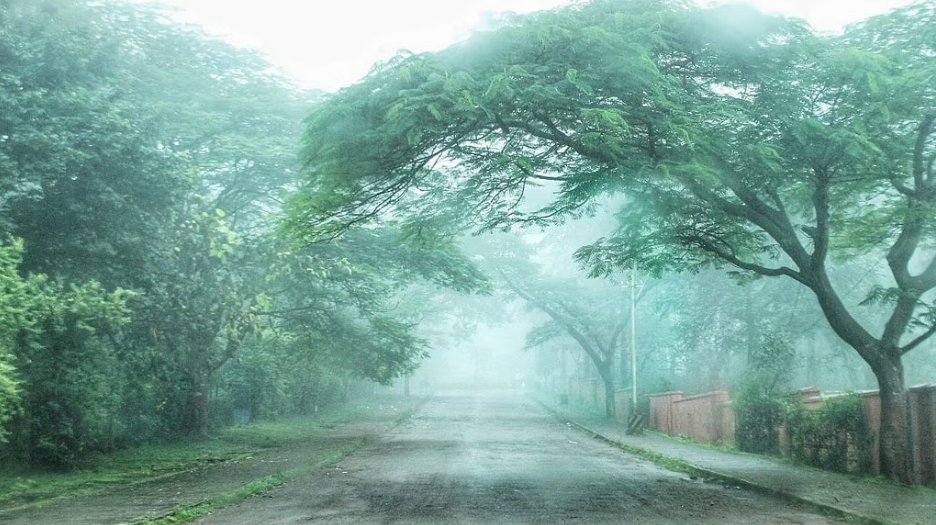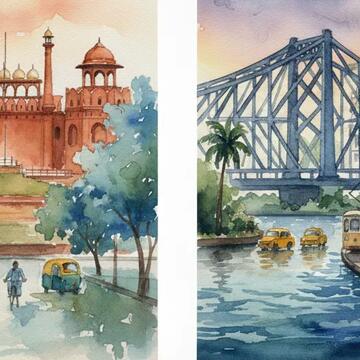In the sal-covered slopes, clouds graze over the mountains like cattle. From the top, you glimpse the famed “land of 700 hills.” After travelling through Kiriburu and Meghataburu, Mrittika Bhattacharyya writes of a landscape wrapped in mist.
As the clouds descend, the bend in the road ahead disappears. Walking along the red, forested path between towering sal trees feels magical. When the mist clears, the small hilltops reveal the stretch of 700 hills. Then, in moments, the mist rolls in again.
Also Read | Winter hair care tips: How to keep your scalp dandruff-free and hair shiny
In the middle of Asia’s largest sal forest stand two small hills — Kiriburu and Meghataburu, located on the Jharkhand–Odisha border. In the Mundari language, this entire region of the Chhotanagpur plateau is called Saranda, the land of 700 hills. But the mountain range is slowly shrinking. As the train moves past Jamshedpur towards Chaibasa and Noamundi, the sal-piyal forest grows thicker. This is how you reach Odisha’s Barbil.
From there, Kiriburu is only 40–45 minutes away. But instead of heading there first, we took the red-soiled highway through the hills, reaching offbeat Keonjhar in about two hours. The next morning, hoping to catch the sunset in Kiriburu, we started early for Sanaghagra, then moved toward the Khandadhar waterfall in Sundargarh district. Where the water plunges into the pool below, sunlight hits the spray and forms a rainbow.
Our destination now: Kiriburu. The hilly route begins at Bolani. Colourful one-room tribal homes line the way. In the Ho language, locals call this region “the hill of elephants.” But that day, the clouds were stubborn — the sun slipped away behind a hazy sky.
Crossing into Jharkhand’s Singhbhum, vast iron-ore mines came into view — the Kiriburu Iron Ore Mine operated by SAIL. Even the rainwater here is tinged red. We drove toward the Ghaghri waterfall, where the hanging bridge steals the show. Nearby, a wooden forest bungalow is coming up.
Later, at the Meghataburu Sunset Point, the old banyan trees from the colonial era stand wrapped in drifting clouds. Through the shifting mist, the line of 700 hills revealed itself for a moment. Below, a pandal finished the Dashami Durga visarjan. At the army ground nearby, a giant Ravana effigy stood ready for Dussehra. The night market was already glowing. Our final evening blended beautifully with the warmth of the local culture.
Also Read | Want to see snowfall this winter? Here are 3 places in India that won’t break the bank
Travel tips
Light winter starts from September–October — pack warm clothes accordingly.
Waterfalls and forests thrive in the monsoon, but the destination is good to visit almost any time except peak summer.
Forest or SAIL guesthouses are great places to stay. Homestays do exist but are few — choose after careful checks.
Since this region remains cloudy, carry an umbrella or raincoat.










